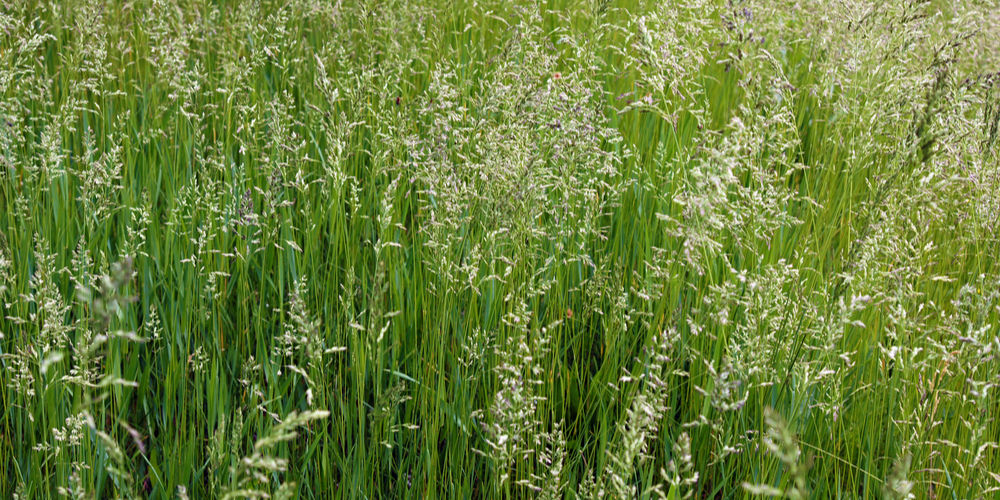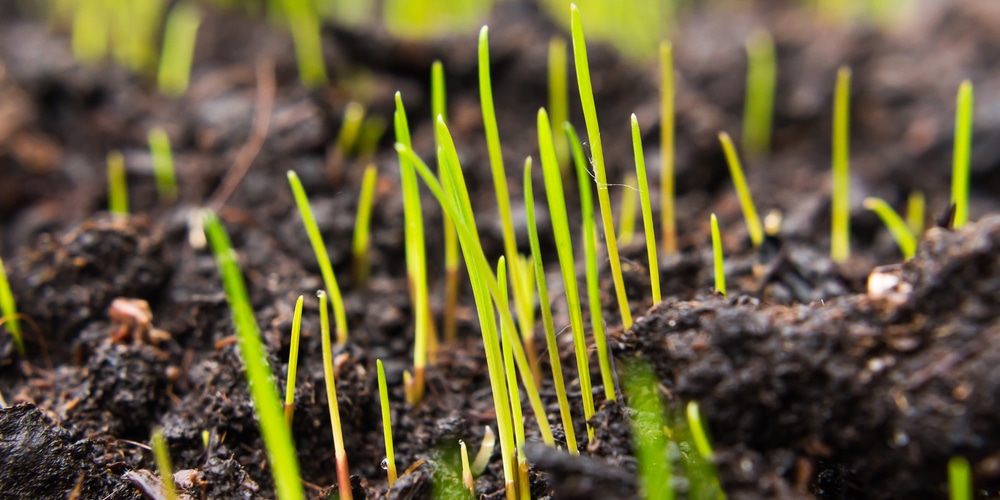Your lawn is one of the essential parts of your house. Not only does it provide a natural balance to the wood, concrete, and paint of your home, but it provides a place for your family to gather and have fun. If you are considering adding a lawn to your home, the choices can be overwhelming. There are hundreds of different grass options. Two of the most popular grasses are Kentucky 31 and Bluegrass. Keep reading to find out everything you need about Kentucky 31 tall fescue vs. Bluegrass.
By the end of the article, you will be a grass expert and know which type of grass is the best for your lawn.
Kentucky 31 Tall Fescue
Kentucky 31 tall fescue is a perennial grass commonly seen on pastures but also a popular choice for lawns.
Originally from Europe, it’s unknown when exactly Kentucky 31 was first introduced to the United States. However, it started garnering attention by the late 19th century due to its various qualities, including growth speed, drought resistance, and ability to handle various types of soil.
Appearance
Kentucky 31 tall fescue has a light green color. The leaves are broad and have a coarse texture. It is a bunch-type grass, which means it grows in clusters. The groups grow close enough to give a single-layer appearance, though.
Sun Conditions
This type of grass grows best in full sun but can also handle partial shade. Notably, as it’s a cool-season grass, it will grow well in USDA Zones 3 to 6.
Care Requirements
Kentucky 31 tall fescue is a low-maintenance grass. It is tough and can handle challenging conditions. It does not need to be fertilized often.
Regarding mowing, you should mow Kentucky 31 tall fescue to a height of 2.5 to 3.5 inches. If you cut it shorter than two inches, you will need to nurse it back to health with fertilizer and regular watering.
Since it has a deep root system, it is less sensitive to drought, and you can quickly grow it from seeds.
Bluegrass
Bluegrass is native to Europe, but people have widely exported it. It is a perennial grass that is known for its bright green color. It is a very versatile grass and can be used in both sunny and shady areas.
Similar to Kentucky 31, Bluegrass thrives in well-drained soil.
Appearance
Bluegrass has a bright green color. The leaves have a fine texture, featuring blunt or boat-shaped tips. In addition, some varieties are known to have a bluish tint.
Sun Conditions
Bluegrass needs full sun exposure to grow to its full potential but can also grow in partial shade.
Care Requirements
Bluegrass is a more delicate grass. It requires constant attention and care, and you must water and fertilize it regularly. You can grow it from seed, but it is far more common to plant Bluegrass via sod.
Which Should You Pick?
Both Kentuck 31 tall fescue and bluegrass do well in areas with full sun and well-drained. However, some notable differences between the two can help you determine which option is the best for your lawn.
If you are looking for grass to use in high-use areas like a playground, the more resilient and low-maintenance Kentucky 31 tall fescue is the way to go.
Bluegrass is the better choice if you want softer grass and don’t mind spending more time caring for it.
Kentucky 31 Tall Fescue vs. Bluegrass: Wrap Up
Kentucky 31 fall fescue and bluegrass have distinct features and traits that make them a great choice for improving your lawn. Choosing between them ultimately comes down to your location, soil type, and similar factors, but also personal preferences.


